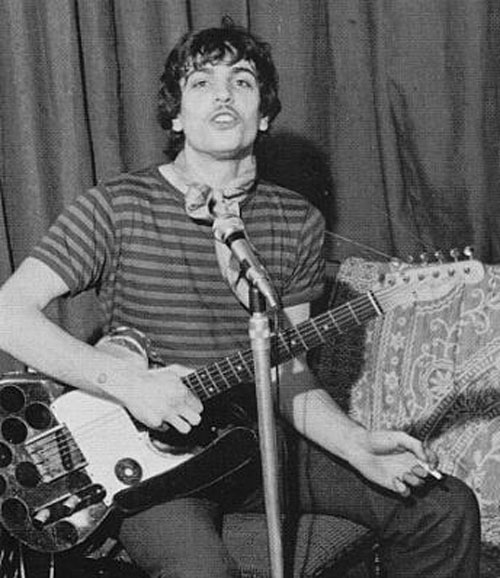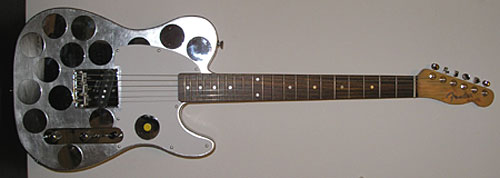 |
| Binson Echorec |
Check out this shot of the Binson Echorec. This is the Holy Grail of the Pink Floyd Guitar Sound; first, Syd Barrett used one to amazing effect and then David Gilmour. The Echorec 2 was manufactured by Binson between 1961 and 1979. When Gilmour joined Pink Floyd in early 1968 he continued with the same setup Syd Barrett had been using for some years, – Telecaster, Selmer amps, Vox Wah Wah, Fuzz Face and the Binson Echorec 2.
The Echorec is a amazing piece of engineering! The engineers invented their own unique magnetic drum storage unit that offered superior reliability and stability over 1/4″ tape used in all other tape echo units. The mixing and amplifier circuitry is an amazing combination of functionally and reliability – there are 7 miniature B9A tubes inside the unit. All the tubes inside the unit are still readily available being manufactured today.
Please go HERE to read more about Syd Barrett's gear.





































